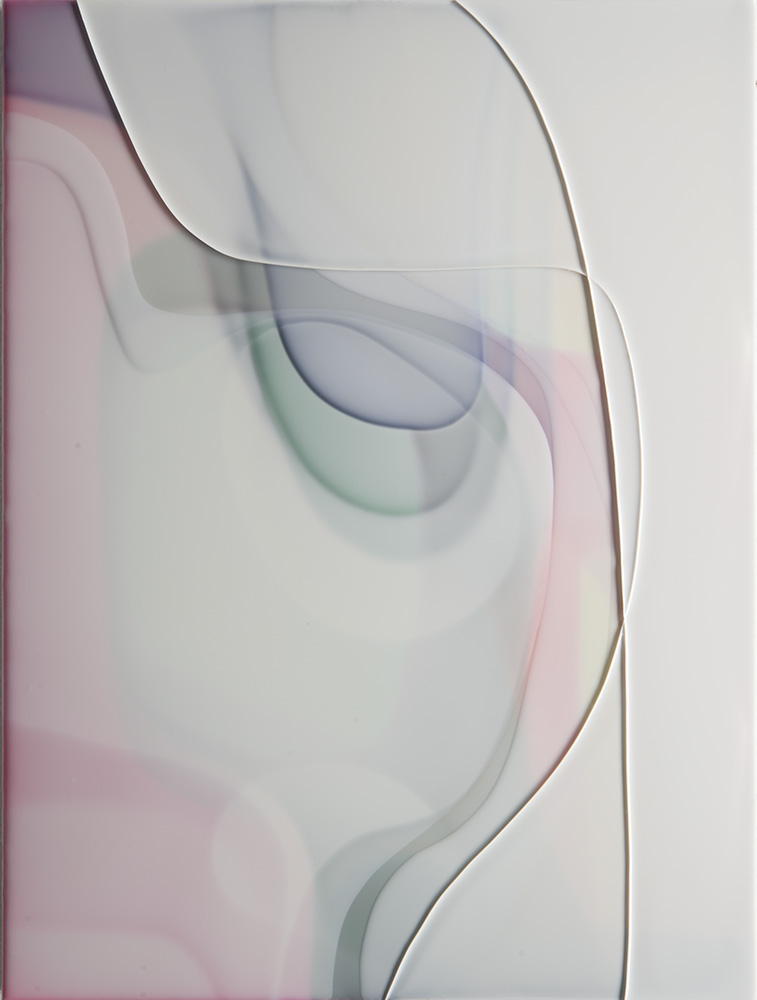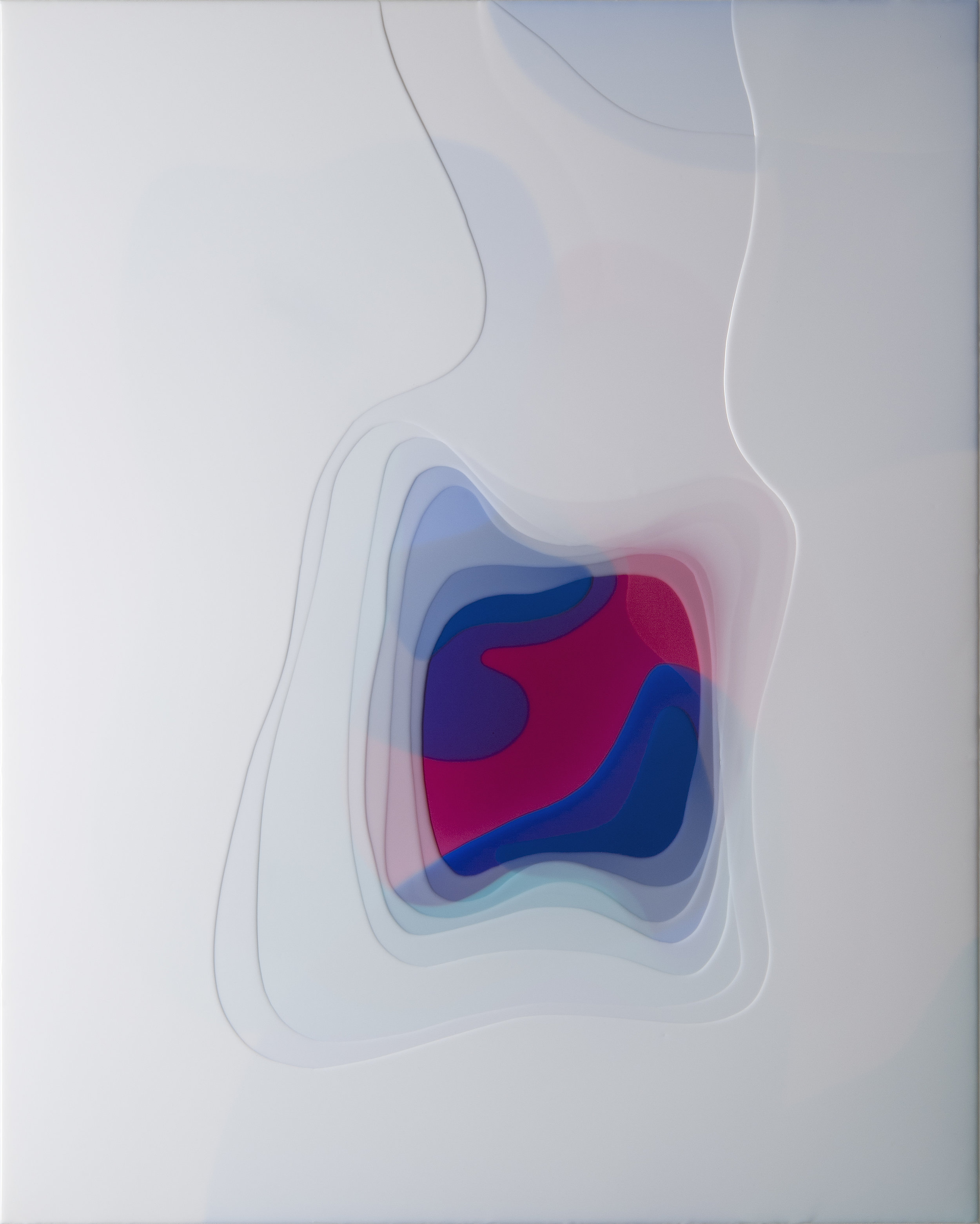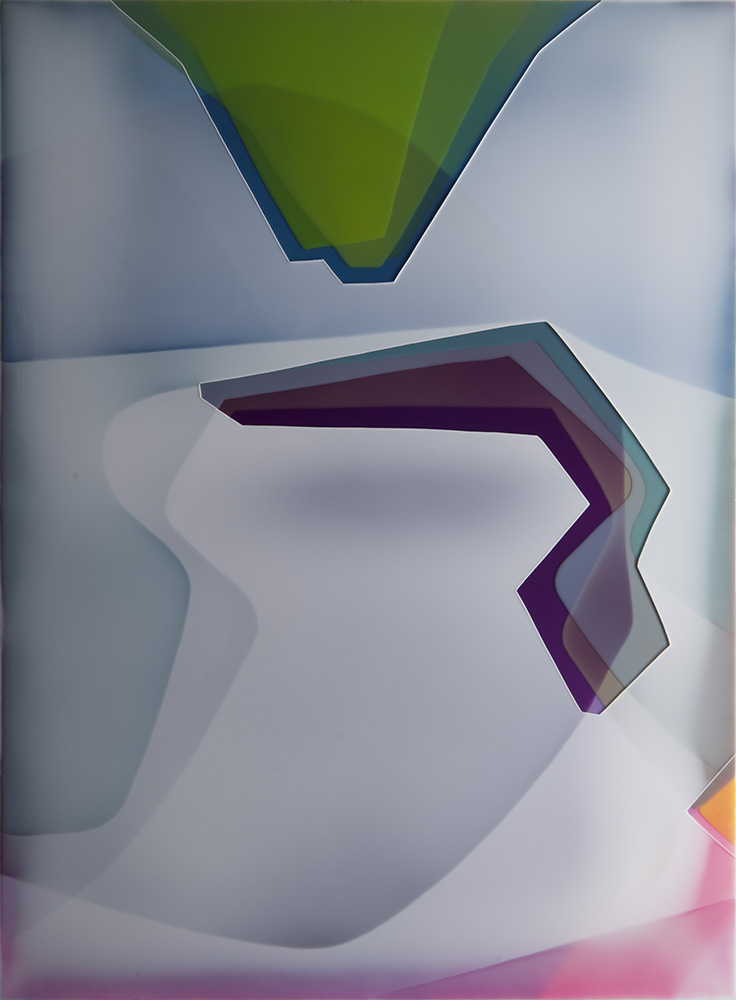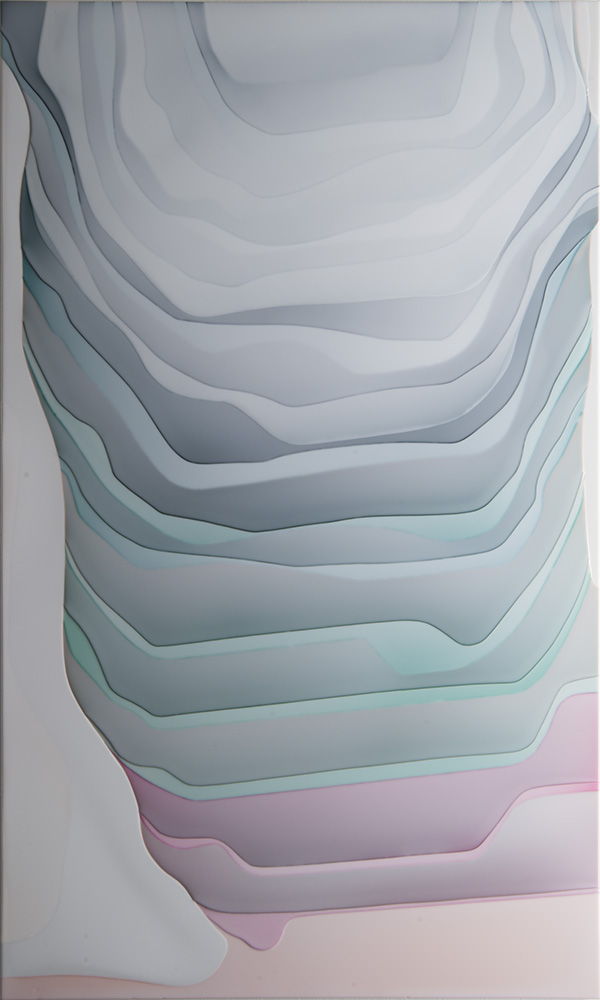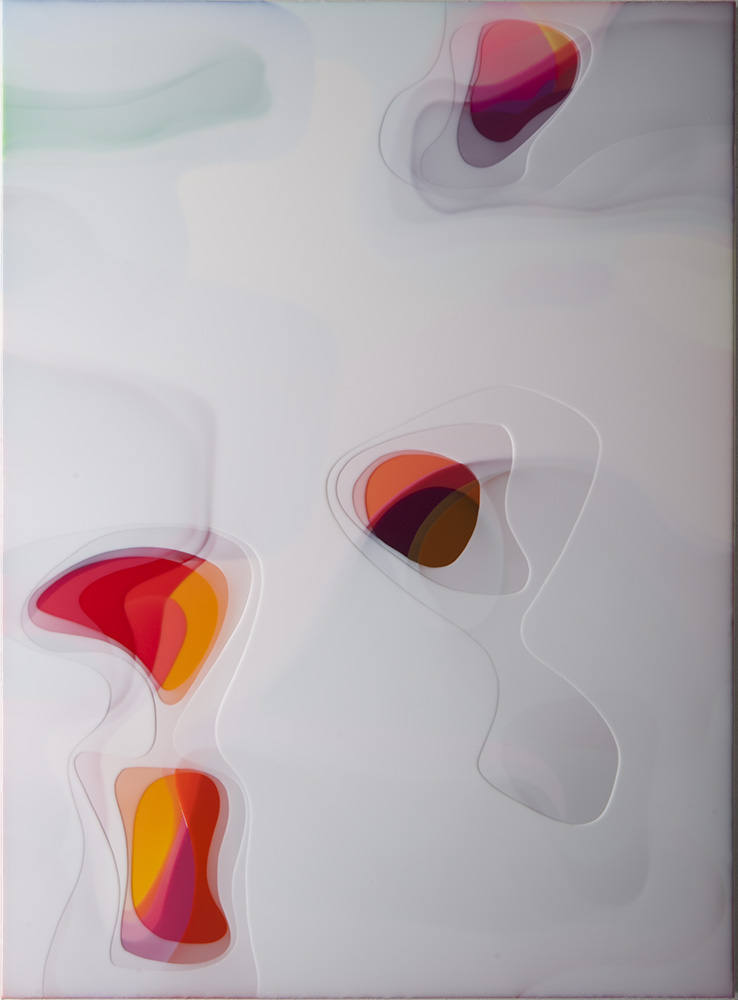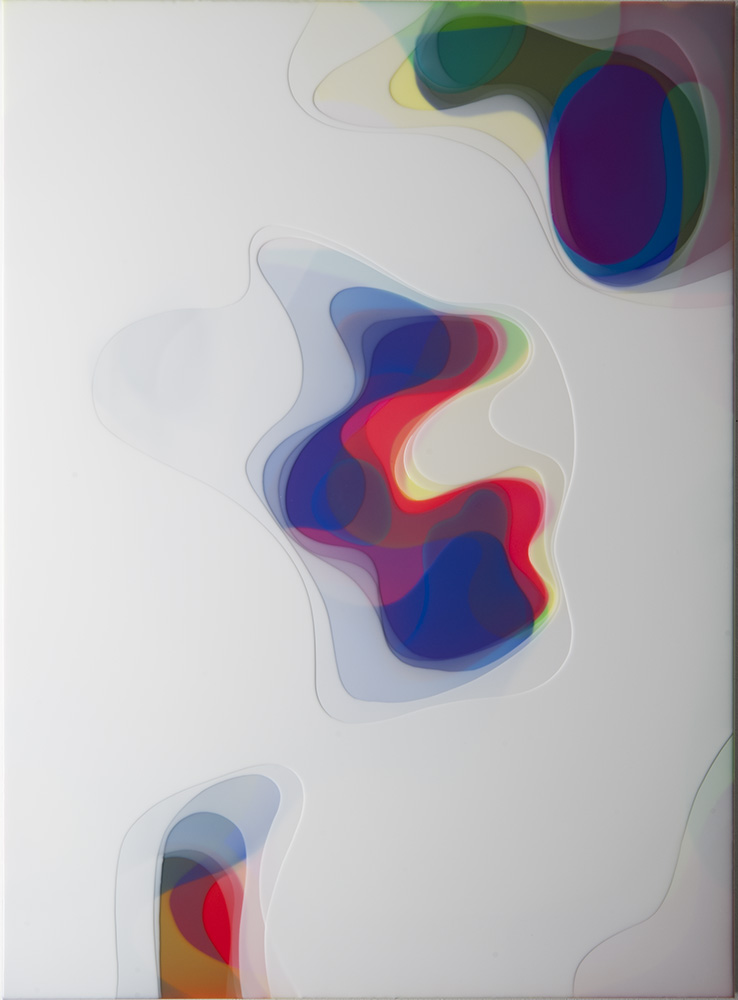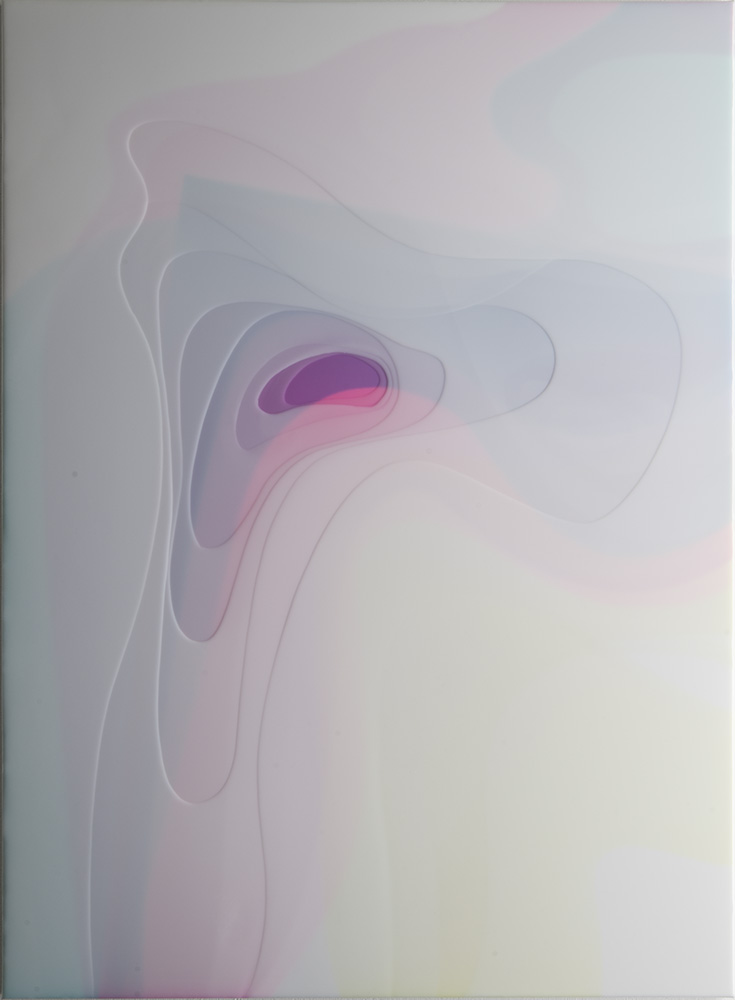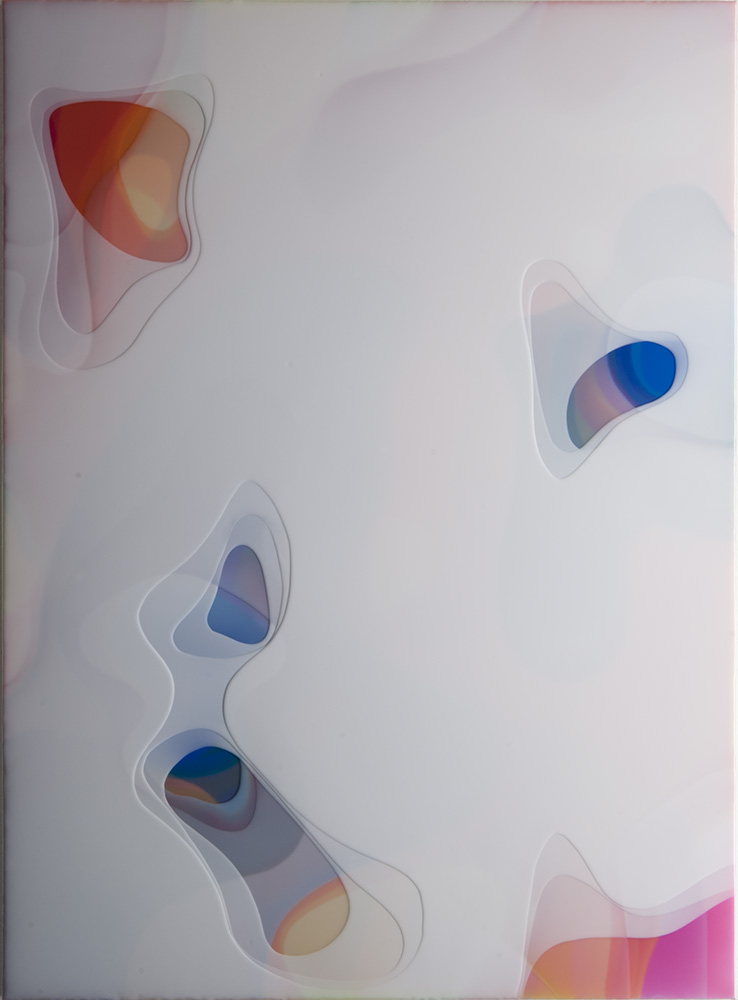Peter Zimmermann: NEW WORK
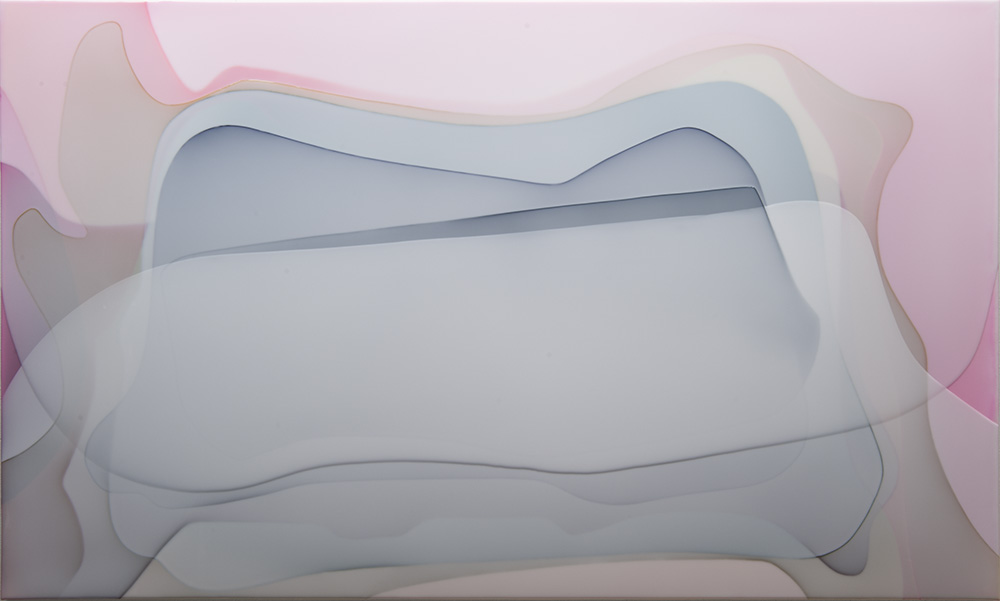
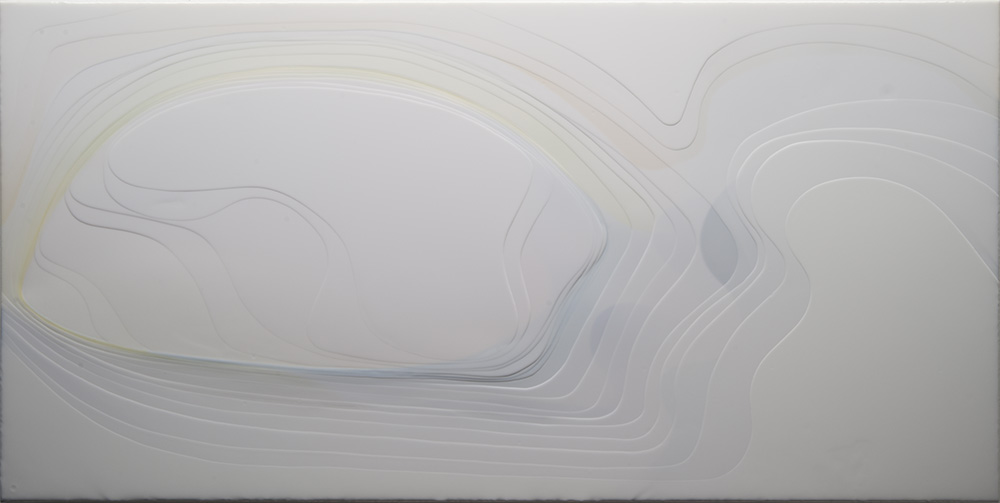
From the “Book Cover Painting" series in the 1980s to the epoxy abstract painting a decade later to the oil painting series in 2000s, Peter Zimmermann, one of the most representative artists of German contemporary art, persistently goes beyond the limits to create new possibilities. His research on epoxy, together with the deconstruction and reconstruction of abstract images, make him the front man of coeval epoxy creation.
In his new white collection, Zimmermann uses a neutral white-grey palette to daze the viewers. The coldness and beauty of the snow contrasts the other colors, allowing them to reach their full splendor. This reminds viewers of the reflective surface of porcelain or glass. Simple and emotionless, yet absolute, comfortable, and moving. The gentle works seem to move in flux; yet in unnoticed corners, colors exist in an uninterrupted way, not resting nor mixing with any other tones, echoing the concept of boundlessness.1
These seemingly random images are Zimmermann’s careful planned. He digitizes his own photos or pictures from websites, and then casually selects an image to add emotions and beauty, distancing it from its original form. It becomes an outline, a memory, a ghost of itself. What remains is the orthogonal web that provides the structure to the image, blurry yet clear, giving its status infinite possibilities. When the original image suffers from digital interference, then the second stage begins. The orthogonal web is filled with dense layers of epoxy resin. The forms become dulled yet enriched, fleeting timeless, and the transparency of the resin furtherly adds an essence of mystery.2 The epoxy from this new collection is the breakthrough of Zimmermann’s career. After years of research, he chose to add white epoxy to make the multi-level overlap has a white finish. However, this white finish does not cancel out the other colors, but instead, adds a multi-colored plane creating a limitless landscape similar to the Arctic and the ocean.
This white veil however does not add to its thickness, nor pretentiousness. What we see instead is a series of coexisting planes that reminds of us magma, which motion part from each other and come together again.3 Even though these works are the artist’s deliberate designs, they seem to follow their own will, defying gravity and giving in to its own flow. When the outline becomes the focus again, the margin within it become shaper and clearer whether it comes to the outer frame or the almost crystalline border created by the material itself. The fragments of color swim between tonality and materiality. Viewers are thus forced to dive into the work to search for the hidden secrets.4
Peter Zimmermann's works invite the viewers to open up their senses without deeply falling into it, giving them a feeling of closeness and distance at the same time. There is a sense that an image lies at the source of their abstract forms, but the identification of this image is not permitted. It is precisely because of this contrast that the pictures are “alive”, in such a way that the process of interpretation extends endlessly under each viewer’s gaze.5
1, 4 Peter Zimmermann Pool, Dr. Ulrike Schick, 2017, page 11
2, 5 Peter Zimmermann Italian Curves, Stefano Castelli, 2017, page 5
3 Peter Zimmermann Italian Curves, Stefano Castelli, 2017, page 6
Artist

